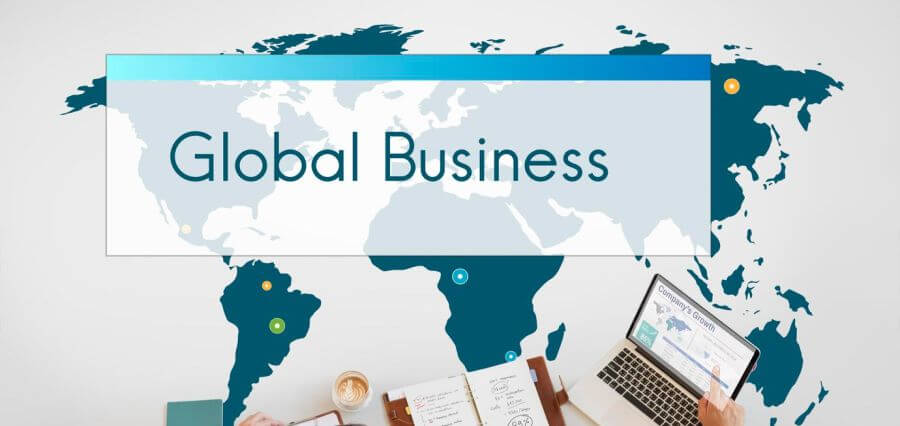
Even though the world is rapidly moving toward technological advancements, going global isn’t easy. However, e-commerce platforms like Amazon are a great place to make your business presence known worldwide, especially if you already have an existing business on Amazon and wish to expand it further.
According to statistics, around 58% of Amazon sellers become profitable within just a year of launching their products.
If you’re looking for some cool tips and tricks on how to expand and be successful in the international space, then keep reading this article!
Test International Interest
Before you start thinking of launching your products to customers from other countries, you first need to check whether your plan will be viable or not.
FBA Export is a great option for checking international interest in your products because you don’t need to sign up on any complicated platform or pay any extra fee.
You can also seek a reliable Amazon Management Services provider to know which products are good enough to be launched in international markets.
Moreover, Amazon will also look into the requirements, customs clearance, and shipping and logistics. On FBA Export, you can also narrow your search to ensure that you select only the countries you want.
Set up your Account Accordingly
When it comes to setting up your account, a brand registry is a must. It helps you protect your trademarks all over the globe and gives your company the credibility that customers look for.
Next, you must also set up an easy payment method, which can be a little tricky in the context of international business. If you’re thinking of setting up a new marketplace for a local market in another country, you can use the local bank accounts there.
The Amazon Currency Converter for Seller (ACCS) will help you to receive payments to your local currency from international banks. Amazon will deduct the bank transfer fee and credit the amount to your account every two weeks.
Create Accurate Product Listings
If you’re planning to launch a new product for the international market, you have to create a product listing first. If there are multiple products and you want to save time and energy, you can even create them in bulk.
Depending on your target marketplace, your audience will look for different kinds of discounts or offers. For example, Amazon Japan attracts customers through loyalty points, so you can grant these points to customers who shop from Amazon’s Japanese web handle.
Understanding the listing procedure can be best done by contacting a professional Amazon listing optimization agency. They will tell you the most accurate listing strategies.
Know the Regulatory Requirements
Adhering to the local laws and tax systems in another country’s marketplace is essential if you don’t want to fall into legal trouble.
Conduct a thorough research of the region’s tax structures, import and export licenses, and regulatory requirements. When it comes to taxation, you have to keep in mind the value-added tax (VAT) and the income taxes.
You also need to check for product compliance and make sure that the product meets the regulatory and safety standards of the marketplace where you’re planning to sell, especially if you’re selling food products.
Many items like medicines or supplements may require a special permit to be sold in international marketplaces, too.
Sell on Amazon Global Store
The Amazon Global Store (AGS) is an alternative to FBA Export but is just as effective. For starters, the orders are all fulfilled by the original US-based Amazon merchants themselves, so your products can get localized listings on Amazon’s international domains.
Moreover, you can gain a wider audience base without having to list your products separately. You can also gain benefits like local advertising and SEO strategies in the regions you’re targeting.
The AGS also gives you insights into how your products are doing in the international market and what future potential they have. However, the only drawback is that the shipping charges might be on the higher end.
Conclusion
While these are some of the major strategies to expand your Amazon business internationally, one important tip that most sellers will tell you is to have a local presence in these markets. However, this can be done only after you see that your products are doing well in the online international markets.
Once you’re ready to set up your local presence, you can optimize the product performance according to traffic and conversion rates.


